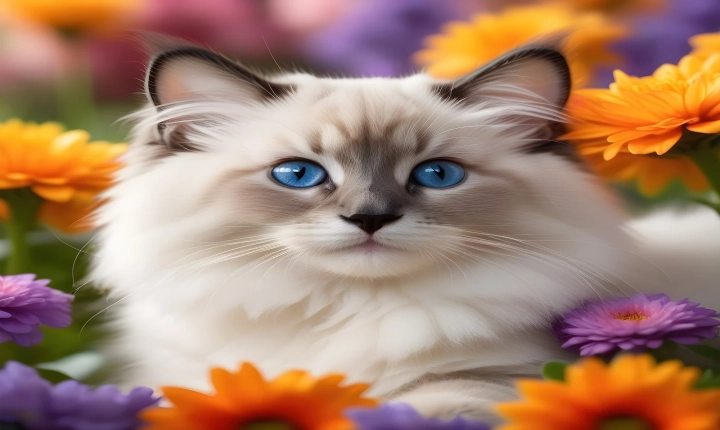Title: How to Create AI to Filter Out Blurry Photos
In today’s digital age, we are inundated with a vast number of photos captured on various devices. From smartphones to professional cameras, the quality and clarity of these images can vary significantly. Blurry photos are a common issue that often arises due to motion blur, out-of-focus scenes, or low light conditions. While humans can easily discern and discard blurry photos, creating an artificial intelligence (AI) system to automatically filter out blurry images can be incredibly useful for various applications, including photo management, quality control, and image recognition tasks. In this article, we will explore the steps to create an AI system to identify and filter out blurry photos.
Training Data Collection:
The first step in creating an AI system to filter out blurry photos is to collect a diverse dataset of images. This dataset should include a wide range of photos with varying degrees of blurriness. It is essential to have a ground truth label for each image, specifying whether it is blurry or clear. Additionally, including metadata such as camera settings, focal length, and exposure information can enhance the training process.
Feature Extraction:
Once the training dataset is prepared, the next step is to extract relevant features from the images. Feature extraction involves capturing unique attributes from each image that can help in differentiating between clear and blurry photos. Features such as edge sharpness, contrast, and frequency domain information can be crucial in identifying blurry images.
Model Training:
With the extracted features and labeled dataset, a machine learning model can be trained to classify images as blurry or clear. Various algorithms such as convolutional neural networks (CNNs), support vector machines (SVMs), or decision trees can be employed for this task. During the training process, the model learns to recognize patterns and correlations in the input data to make accurate predictions.
Validation and Fine-tuning:
After training the model, it needs to be validated on a separate set of images to assess its performance. This validation step helps in identifying any shortcomings or biases in the model’s predictions. Based on the validation results, the model can be fine-tuned by adjusting parameters, optimizing hyperparameters, or incorporating additional features to improve its accuracy.
Integration and Deployment:
Once the AI model demonstrates satisfactory performance in identifying blurry photos, it can be integrated into various applications and platforms. For example, photo management software, social media platforms, or cloud services can utilize this AI filter to automatically discard blurry images or provide recommendations for image enhancement.
Challenges and Considerations:
Building an AI system to filter out blurry photos comes with its own set of challenges and considerations. One key challenge is the subjective nature of blur perception, as different individuals may have varying thresholds for considering an image as blurry. Additionally, ensuring robustness against diverse image conditions, such as different lighting scenarios and motion speeds, is crucial for the AI model’s generalization.
Ethical Considerations:
While AI systems can significantly aid in automating tasks, it is essential to consider the ethical implications of deploying such technology. For instance, ensuring transparency and providing users with control over the filtering process can mitigate concerns regarding unintended bias or exclusion of certain image types.
Conclusion:
The ability to create an AI system that can discern and filter out blurry photos has numerous practical applications in today’s visual-centric world. By following the steps outlined in this article, developers and researchers can design and implement AI models capable of automatically identifying and discarding blurry images. As technology continues to advance, the integration of AI-driven image analysis tools holds great promise for enhancing the overall visual content quality and user experience.
